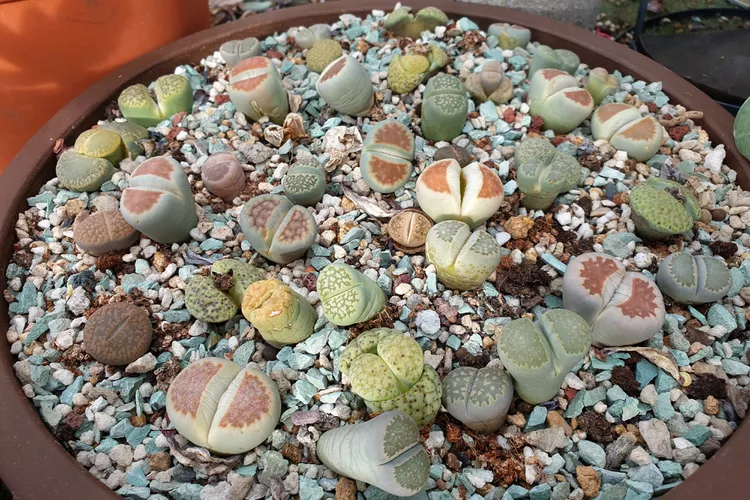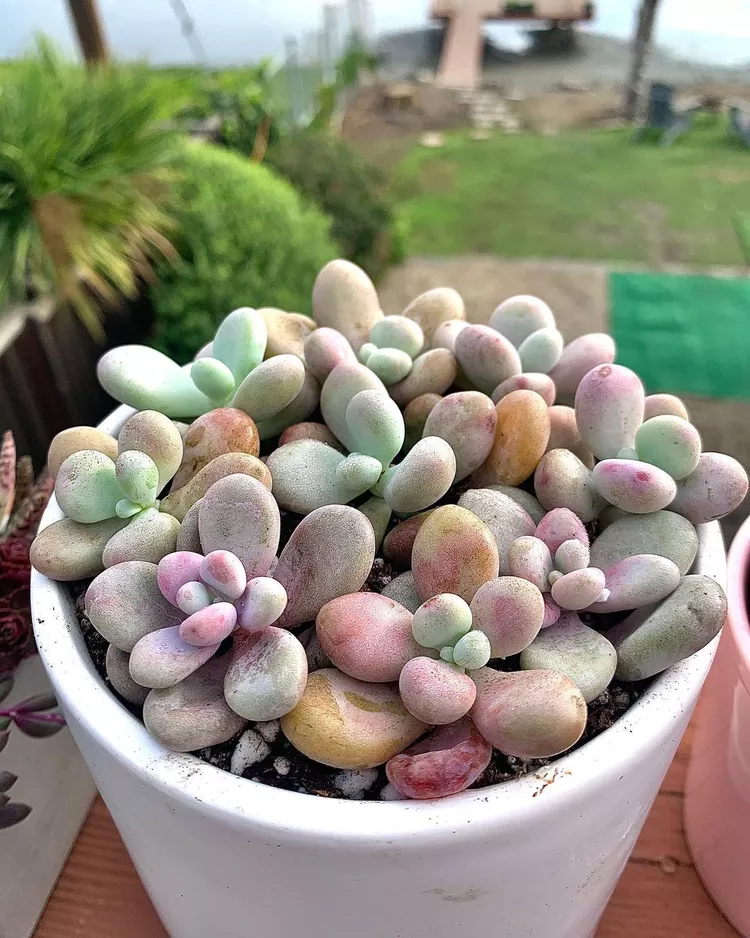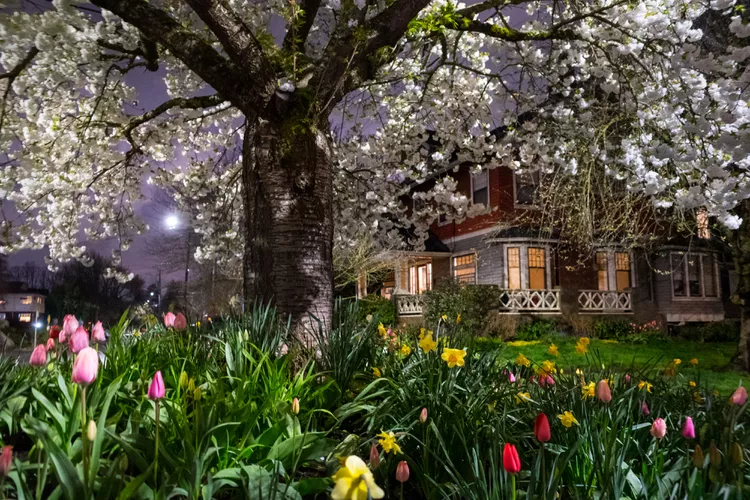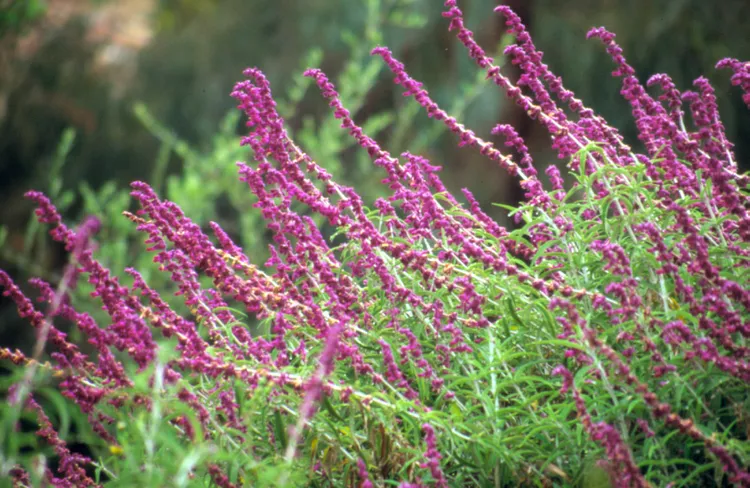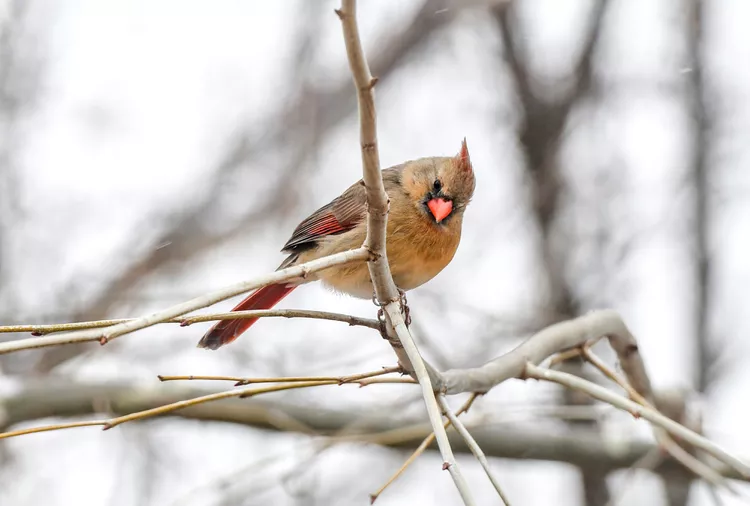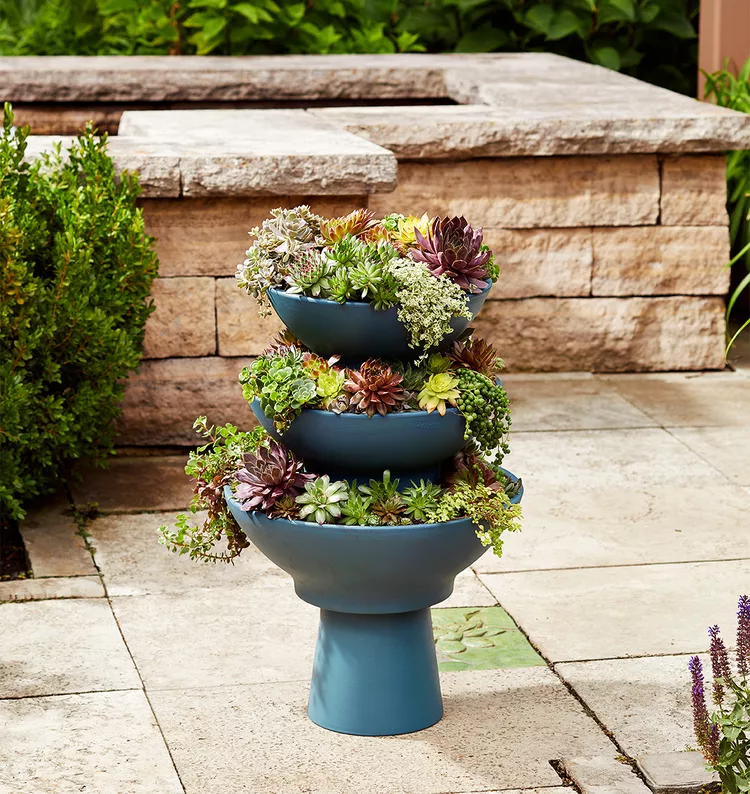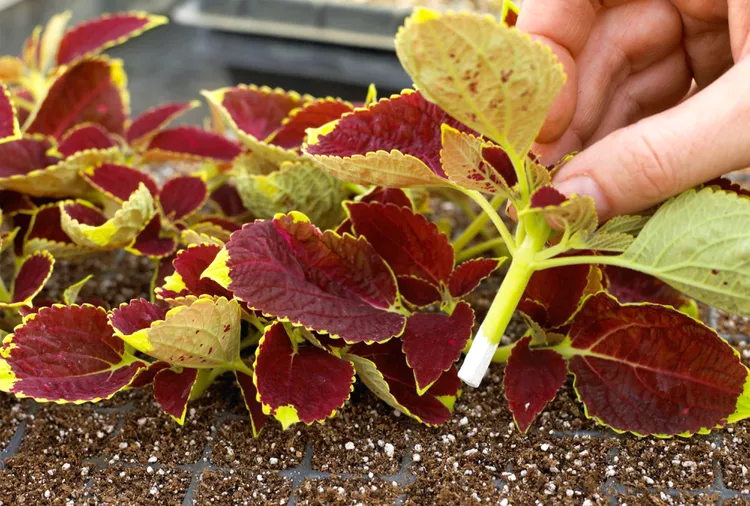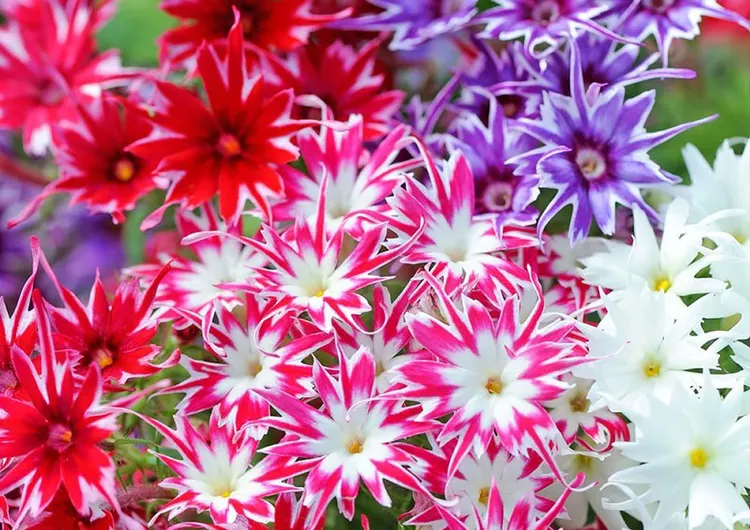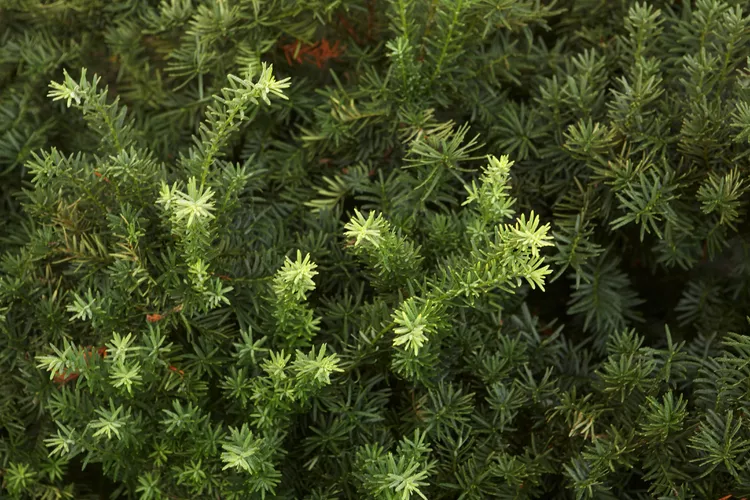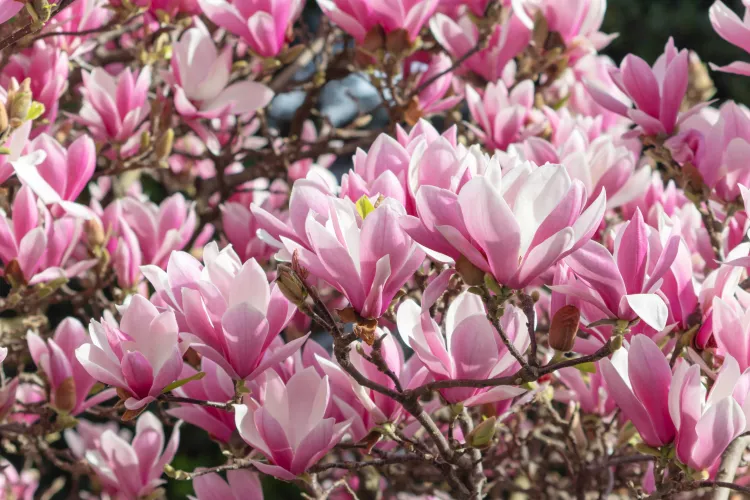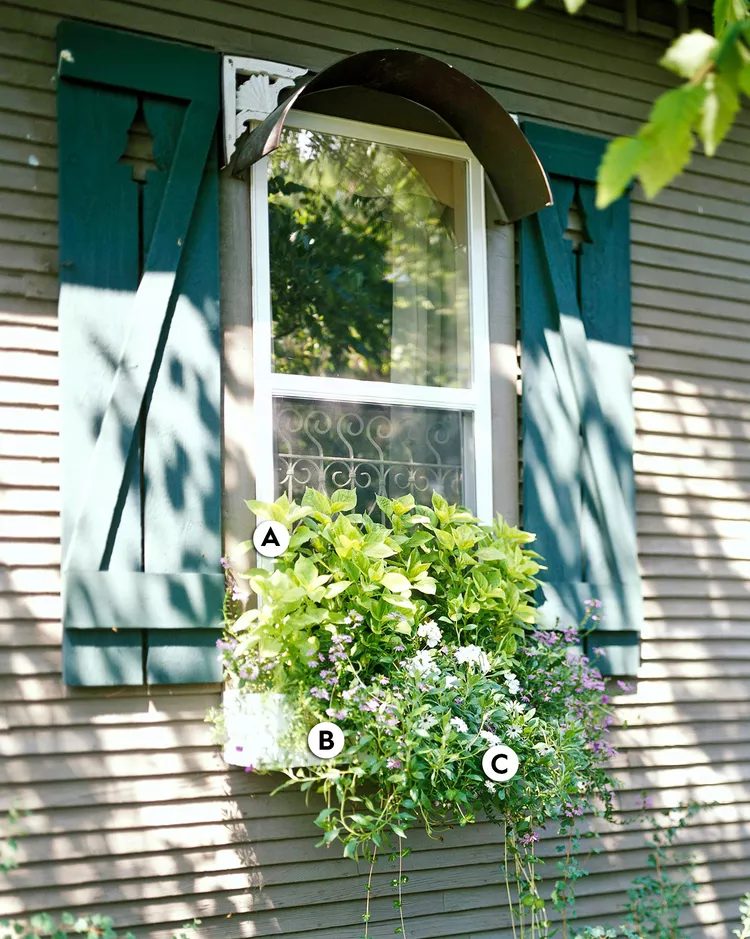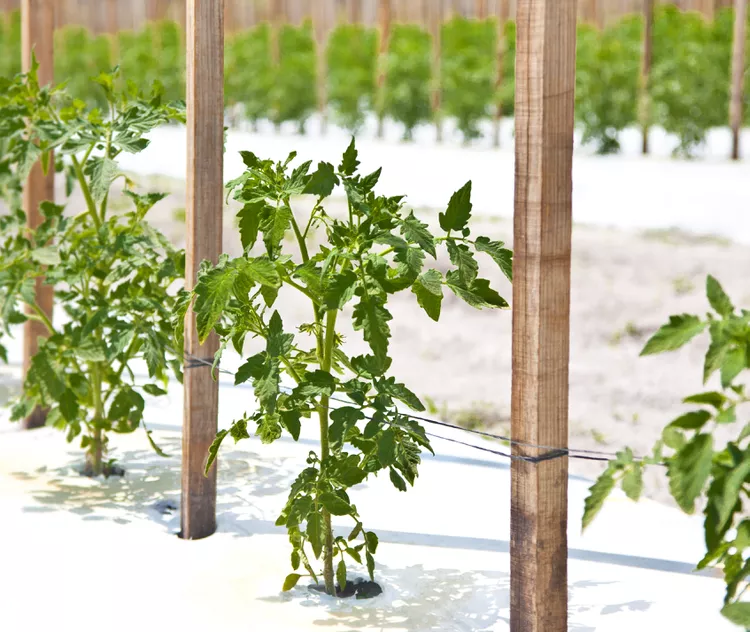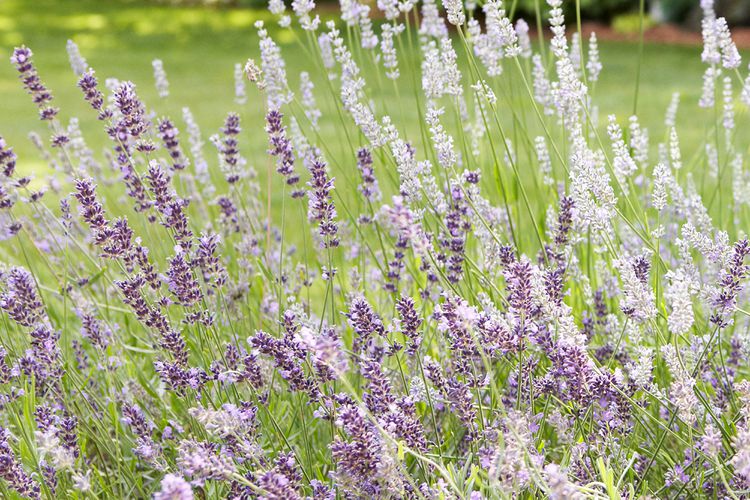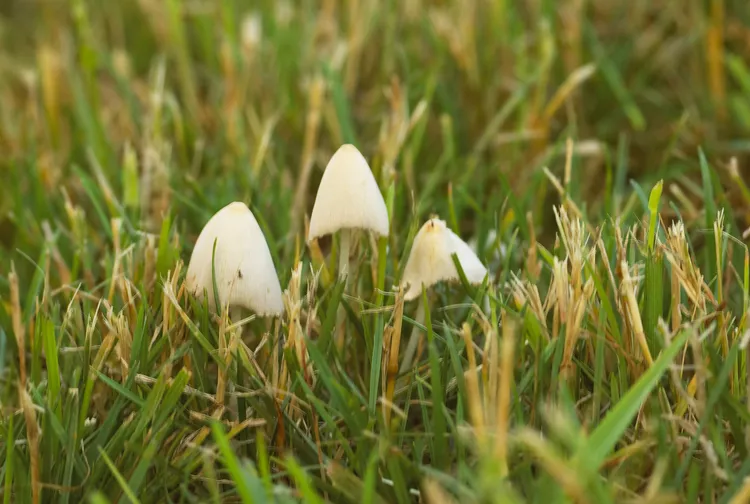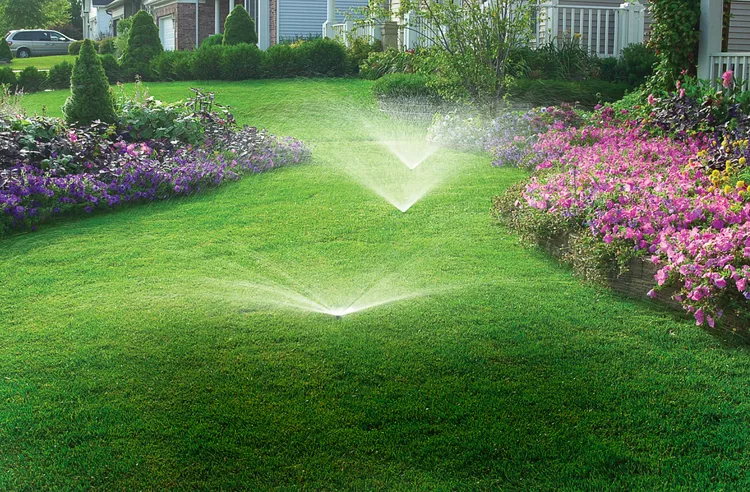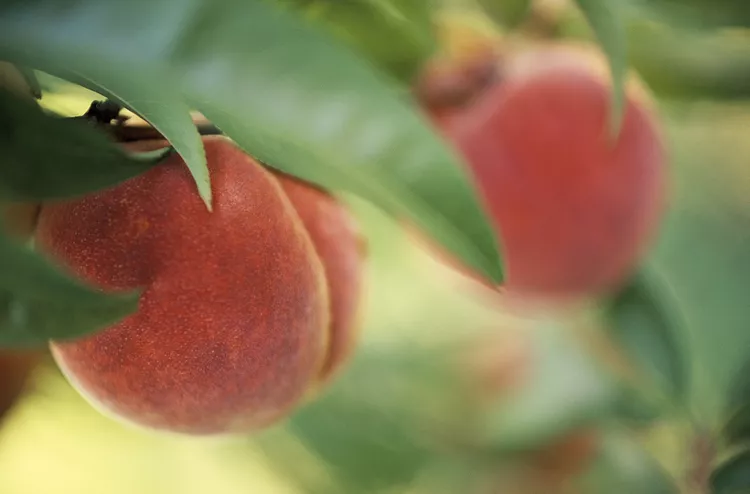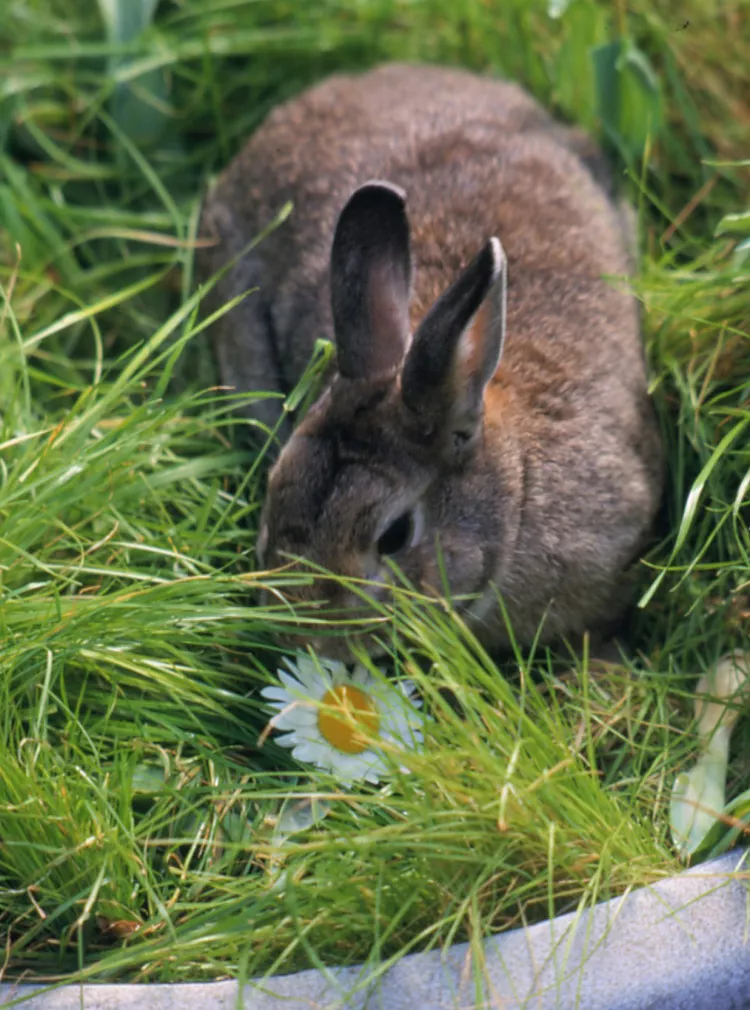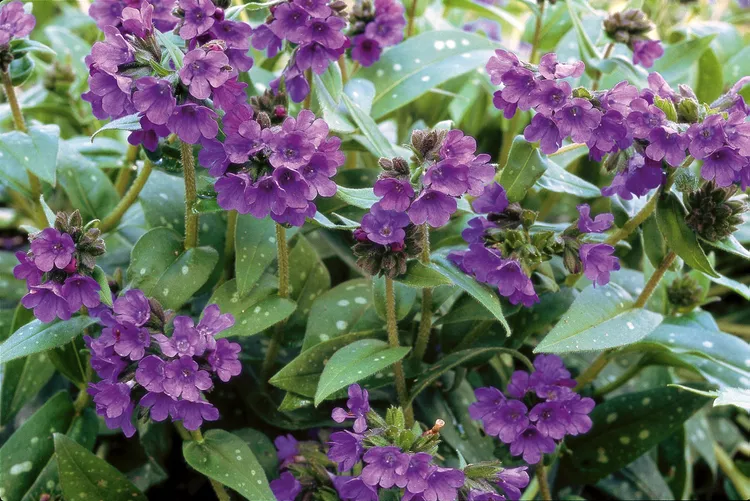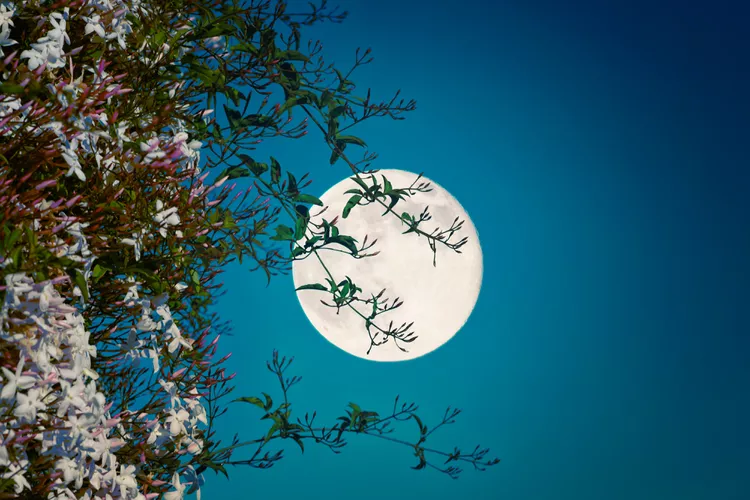Living stone plants (Lithops) are fascinating little succulents consisting of two plump, rounded leaves that resemble pebbles lying on the ground. The rest of the plant is hidden under the soil to protect it from the scorching sun in its native African environment. Translucent windows on the top of the leaf allow light in for photosynthesis. The patterns on these windows vary by species and enhance the pebble appearance.
The flowers, usually white or yellow but sometimes shades of orange or pink, resemble daisies and can be large enough to completely obscure the plant below. After a living stone plant blooms, the leaves wither and die, eventually drying up as a new pair of leaves emerges. The leaves come in shades of gray, green, yellow, brown, and magenta.
Living stones make highly collectible houseplants that fit easily on any window sill. However, they have a reputation for being challenging to grow because they're quite picky when it comes to moisture. This guide will help you learn how to grow and care for a living stone plant, including how to water this succulent properly.
Living Stones Overview
| Genus Name | Lithops |
| Common Name | Living Stones |
| Additional Common Names | Stone Plant, Flowering Stones |
| Plant Type | Houseplant |
| Light | Part Sun, Sun |
| Height | 1 to 2 inches |
| Width | 1 to 4 inches |
| Flower Color | Orange, Pink, White, Yellow |
| Foliage Color | Blue/Green, Chartreuse/Gold, Gray/Silver, Purple/Burgundy |
| Zones | 10, 11 |
| Propagation | Division, Seed |
| Problem Solvers | Drought Tolerant |
Where to Grow Living Stones
Living stone plants are native to southern Africa, where they typically get less than 20 inches of rain each year. They are hardy in USDA Zones 10-11 and should never be allowed to freeze. In most U.S. areas, these succulents are grown as houseplants.
Many growers enjoy creating collections of living stones in one pot to highlight the contrasting colors and patterns on the leaves. Others prefer to grow each species or variety in a separate pot.
How to Care for Living Stones
The keys to successfully growing a living stone plant are carefully monitoring how often it is watered and allowing it to go dormant in both summer and winter. These succulents grow slowly and methodically. Do not expect rapid growth, and don’t be surprised if they form a tight clump as time passes. They rarely need to be repotted and are generally best left alone.
Light
Living stones naturally grow in full sun and need at least four to five hours of direct sunlight or a plant grow light to be healthy. When the plants grow outdoors, they benefit from light shade in the afternoon to protect them from the direct overhead sun.
Soil and Water
Grow living stone plants in a fast-draining, gritty soil mixture with low organic matter. Soil that holds water will lead to rot and insect pests. The leaves of living stones are adapted to store water. This plant is drought-tolerant and can survive months with no rain in the wild. Water the plant every two weeks during the late spring into summer. The plant goes dormant in midsummer. Stop watering while the plant is dormant.
If the top of the plant begins to shrivel, lightly water it, but do not thoroughly soak the soil. When the gap between the leaves widens in late summer or early autumn, it is time to resume watering the plant. This is usually when the plant flowers. The plant goes dormant once again in winter. Avoid watering altogether in winter. The old pair of leaves dries out, and new leaves emerge in spring. Resume watering when the old leaves have dried and new leaves have emerged.
Water a living stone plant from below by placing the pot in a shallow dish of water rather than watering the top of the soil. This reduces dampness near the leaves, which helps prevent rot.
Temperature and Humidity
Keep the temperature warm and the humidity low to simulate the natural environment for these succulents. If outdoor temperatures regularly dip below 50°F, grow them as a houseplant or in a greenhouse. Although they routinely experience temperatures around 100°F in their natural environment, living stones grow best between 60°F and 80°F.
Fertilizer
Living stones require little to no fertilizer. They usually get enough nutrients from the potting mix they grow in. If you feel compelled to fertilize the plants, dilute a cactus fertilizer with no nitrogen to 25 percent of the regular rate, and fertilize only when the plant is actively growing, usually in spring and fall. Never fertilize while the plant is dormant.
Pruning
These plants do not need to be pruned. However, the shriveled leaves that remain after the new growth has completed growing can be removed, especially if the growing area is humid and the dead leaves do not completely dry out.
Potting and Repotting Living Stones
While the aboveground part of a living stone is small, the majority of the plant is hidden below the soil surface. Because of this, living stones require a deep pot and should not be grown in a shallow tray. Look for a pot between 3 to 5 inches deep. Always use a very fast-draining soil mix. Living stones naturally grow in clumps and perform better when grown close together rather than as a single plant per pot.
Living stones rarely need to be repotted. They can survive for many years or even decades in the same vessel. The best time to repot them is at the beginning of the active growing season.
Pests and Problems
Most problems with living stones have one cause: too much water. Excessive moisture in the soil will lead to root rot. Plants become mushy, soft, and pale in color.
If a plant is rotting, remove it from the potting mix and dispose of the old soil. Wash off the roots with lukewarm water, removing any of the remaining potting mix. Use sharp scissors or a razor blade sterilized with rubbing alcohol or bleach to trim off all rotting or damaged roots and allow the plant to air dry.
After a few hours, lightly treat the roots with a fungicide labeled for root rot diluted to 50 percent of the rate listed on the label. Then repot the plant in a slightly moistened, fast-draining potting mix with minimal organic matter.
Soil that remains wet over long periods of time can also attract mealybugs, ants, gnats, aphids, and other common pests. If you see signs of insects on the plant, gently wipe them off with a cotton swab soaked in rubbing alcohol or neem oil (move the plant into indirect sunlight for a day or two to ensure the neem oil doesn’t burn the leaves). Stop watering and allow the soil to dry out completely before watering again.
How to Propagate Living Stones
Seeds
Sow the seeds of living stones directly onto finely sifted, fast-draining potting mix in spring or autumn. Lightly press the seeds into the soil, but do not cover them. They need light to germinate. Germination can occur in as little as seven days but may take months. Some seeds germinate up to a year later.
To avoid disturbing the tiny seeds, water from below by placing the pot in a tray or bowl of water and allowing it to soak up water from below. Cover the freshly sown pot with a plastic bag and keep it covered until you see germination. Then, remove the plastic bag. Mist the seedlings daily for the first year and continue to water from below every two weeks. Keep the seeds and young seedlings at 65°-75°F. Transplant seedlings into separate pots after 12-18 months.
Division
As living stones mature, they begin to divide and form clumps. Clumps can be separated, and individual plants can be repotted. It may be difficult for the plant to recover, and you may lose some divisions. Repot the plants just slightly above the soil line and keep the potting mix lightly damp but not soaked. New roots should appear in one to four weeks.
Types of Living Stones
‘Rose of Texas’
Lithops verruculosa ‘Rose of Texas’ living stones have bright pink flowers that appear in fall or winter above mottled gray leaves. Although ‘Rose of Texas’ is not the only pink-flowering variety, it is rare.
‘Rubra’
Lithops optica ‘Rubra’ is a popular variety of living stones with bright magenta leaves, uncommon for this plant. The daisy-like flower is a pale yellowish-white.
‘Albinica’
The leaves of Lithops lesliei ‘Albinica’ are mottled yellow and green. This plant produces 2-inch wide, white flowers each fall.
